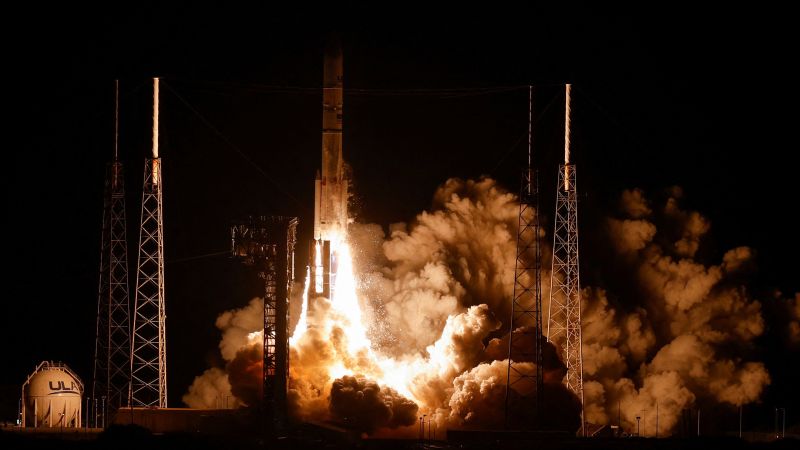A towering new rocket has taken flight, carrying what could be the first commercial lander to touch down on the moon — and the first lunar landing mission to launch from the United States since 1972.
The Vulcan Centaur rocket, a never-before-flown model developed by United Launch Alliance, a joint venture by Boeing and Lockheed Martin, roared to life at Cape Canaveral Space Force Station in Florida at 2:18 a.m. ET Monday. The launch vehicle soared through space for nearly an hour, expending its fuel as it ripped away from Earth’s gravity and sent the lunar lander, called Peregrine, on its way to the moon.
Just after 3 a.m. ET, the Peregrine spacecraft separated from the rocket and began its slow journey to the lunar surface. If all goes according to plan, the lander could touch down on the moon on February 23.
…
Peregrine is also carrying human remains on behalf of two commercial space burial companies — Elysium Space and Celestis — a move that’s sparked opposition from Navajo Nation, the largest group of Native Americans in the United States. The group contends that allowing the remains to touch down on the lunar surface would be an affront to many Indigenous cultures, which regard the moon as sacred. Celestis offers to carry ashes to the moon for prices starting at more than $10,000, according to the company’s website.



Although they can also easily make the “we lived there too” argument on sacred lands. Not so much the moon.